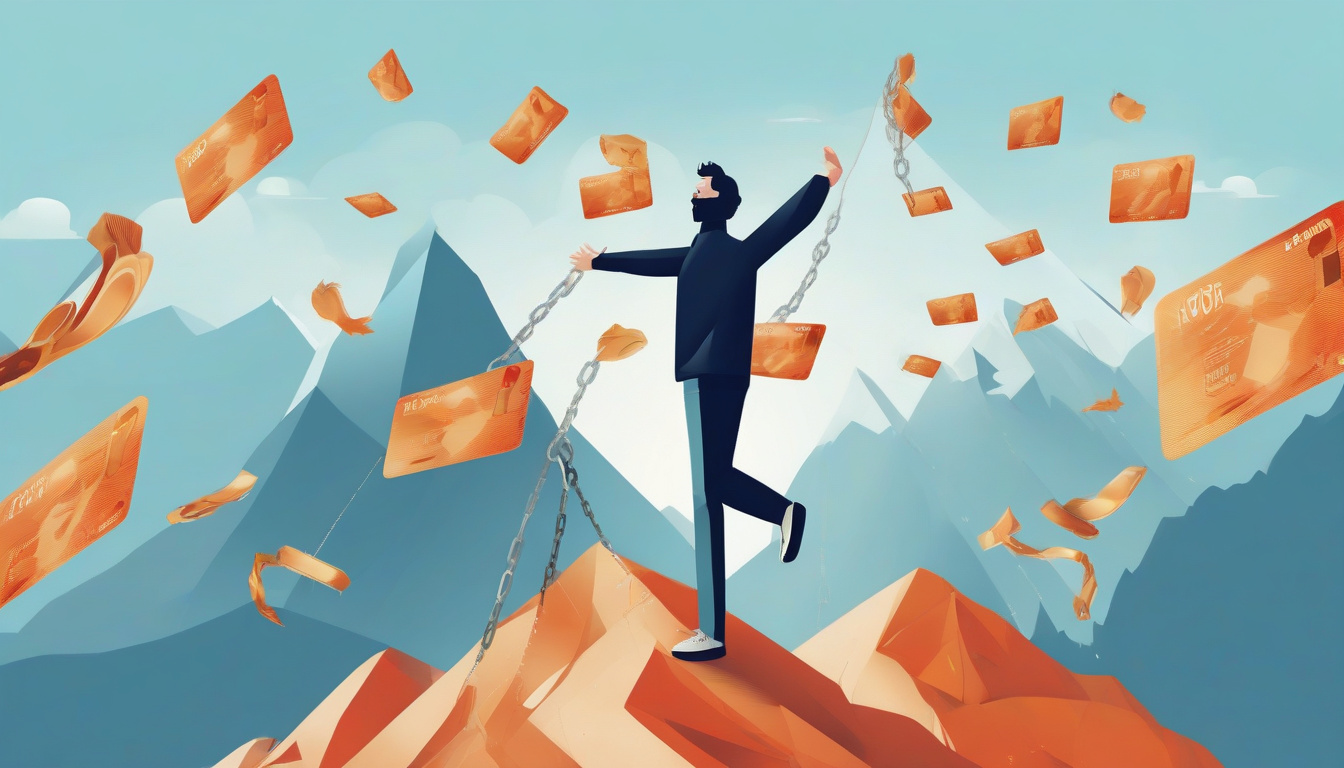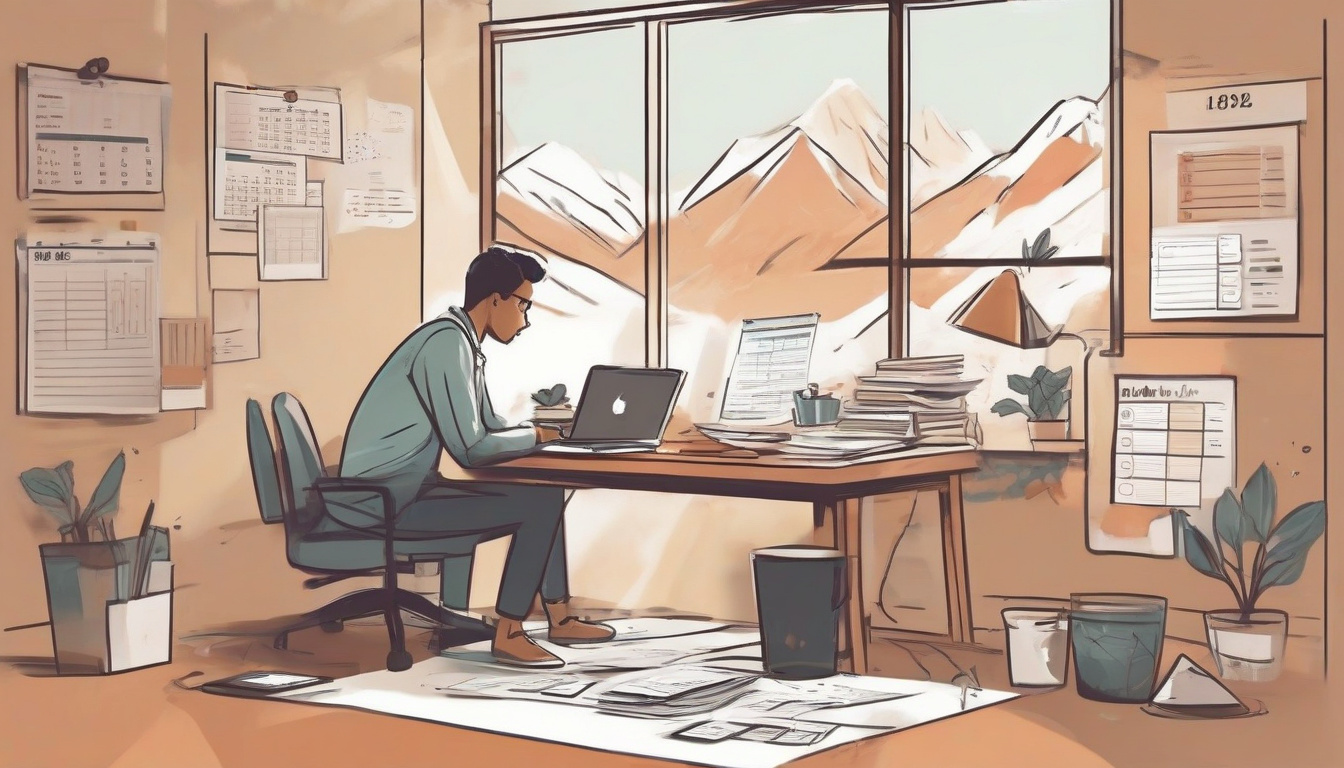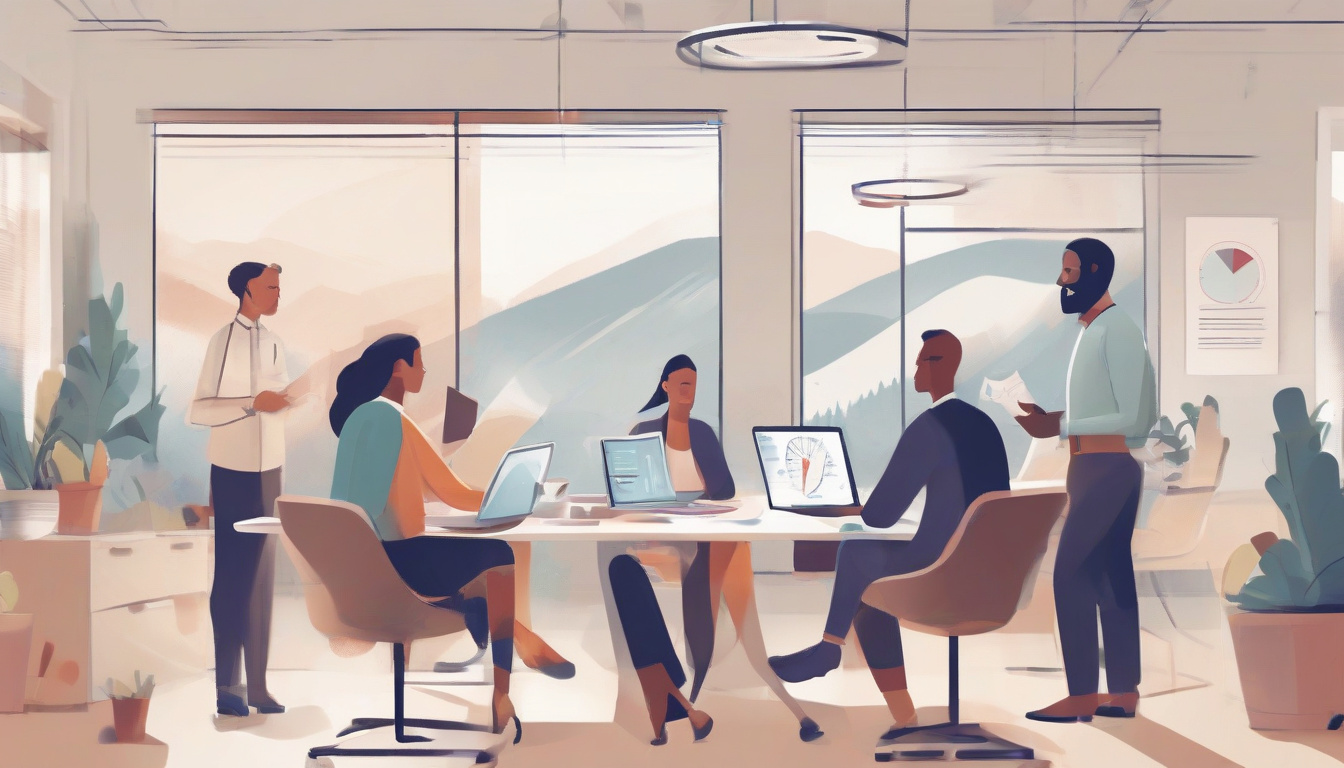In today’s fast-paced world, consumer debt can feel like an insurmountable burden. Many individuals find themselves caught in a cycle of financial stress due to credit card bills, personal loans, and unexpected expenses. Fortunately, there are effective strategies for achieving consumer debt relief that can set you back on the path to financial freedom. This article will explore the various causes and consequences of consumer debt, delve into different relief solutions, and guide you in creating a personalized debt relief plan. Additionally, we’ll offer practical tips for maintaining your financial health after achieving relief and provide resources that can support you in your journey toward sustainable debt management. With the right knowledge and tools, you can take control of your finances and work towards a more secure future.

Key Takeaways
- Identifying the causes of consumer debt is crucial for effective management and relief.
- There are various consumer debt relief solutions, including consolidation, negotiation, and bankruptcy.
- A personalized debt relief plan is vital for addressing individual financial situations.
- Maintaining financial health post-relief requires disciplined budgeting and spending habits.
- Utilizing available resources and support can enhance long-term debt management success.
Understanding Consumer Debt: Causes and Consequences
Understanding consumer debt is essential for individuals seeking effective consumer debt relief solutions. Causes of consumer debt can be varied but often stem from factors such as unexpected medical expenses, job loss, and lifestyle inflation, where spending rises alongside income. Many people find themselves living beyond their means, relying on credit to maintain a certain standard of living, which can lead to accumulating debt that soon becomes unmanageable.
Additionally, financial literacy plays a crucial role; without understanding financial principles, individuals may struggle to make informed choices regarding spending and saving. The consequences of unchecked consumer debt are significant, affecting personal finances and mental well-being. High levels of debt can lead to stress, relationship issues, and can even impact one’s credit score, making future borrowing more difficult and expensive. Moreover, individuals often face the risk of bankruptcy or foreclosure if they cannot keep up with their obligations.
Addressing consumer debt not only involves recognizing these underlying causes and consequences but also implementing effective strategies for debt relief. The journey to financial stability necessitates a proactive approach, emphasizing budgeting, debt management plans, and possibly professional help through credit counseling services. Understanding these components will empower individuals to take control of their finances and pursue a path toward relief from the burden of debt.
Exploring Different Types of Consumer Debt Relief Solutions
## Exploring Different Types of Consumer Debt Relief Solutions
When individuals find themselves buried under the weight of financial obligations, the need for consumer debt relief becomes paramount. Various strategies can aid individuals in managing their debt more effectively, reducing stress, and regaining financial stability. Here, we’ll delve into the principal types of debt relief solutions available, each designed to cater to specific situations and needs.
###
1. Debt Reduction Negotiations
One effective method is negotiating directly with creditors. This process often involves requesting lower interest rates or negotiating a lump-sum payment that is less than the total owed. Many consumers have successfully reduced their debt through persistent communication and proof of financial hardship.
###
2. Debt Consolidation Loans
Debt consolidation is another popular option. This involves taking out a new loan to pay off multiple existing debts. The benefit here is simplicity; consumers make one monthly payment rather than managing several accounts. Additionally, if the consolidation loan has a lower interest rate than the combined rates of existing debts, it can lead to significant savings.
###
3. Credit Counseling Services
Engaging with a certified credit counseling agency can provide personalized strategies for managing debt. Counselors can assist in creating a budget, providing educational resources, and even negotiating with creditors on the consumer’s behalf. This option is particularly beneficial for those who feel overwhelmed and need professional guidance.
###
4. Debt Management Plans (DMP)
A Debt Management Plan is structured through credit counseling agencies and involves consolidating payments through the agency, which then disburses funds to creditors. This planned approach helps consumers with budgeting and often leads to a reduction in interest rates or waived fees.
###
5. Bankruptcy Protection
For some, declaring bankruptcy may be the only solution. It legally relieves consumers of debts that are unmanageable and can lead to a fresh financial start. However, it’s important to understand the long-term consequences of bankruptcy on credit scores and the ability to secure loans in the future.
###
6. Debt Settlement Companies
Some choose to work with debt settlement companies to negotiate reduced repayment amounts directly with creditors. However, this can be risky, as these companies may charge significant fees or may not deliver on their promises, leading to further financial strain.
###
7. Personal Loans from Family or Friends
Another often-overlooked solution is seeking a personal loan from family or friends. This can sometimes be the most personalized and forgiving form of debt relief, although it comes with its own set of emotional complexities and potential strain on relationships.
### Conclusion
Each type of consumer debt relief solution has its pros and cons, and the right choice largely depends on individual circumstances, levels of debt, and personal preferences. It’s advisable to thoroughly research and consider consulting with financial professionals before making decisions that could significantly impact one’s financial future.
‘The best way to predict your future is to create it.’ – Peter Drucker

Creating a Personalized Debt Relief Plan
Creating a personalized debt relief plan can be a crucial step toward regaining financial stability. When it comes to consumer debt relief, the first thing to consider is understanding your financial situation comprehensively. Start by listing all your debts, including credit cards, personal loans, and any outstanding bills. This will give you a clear picture of your total debt load.
Next, consider your monthly income and expenses. An effective debt relief plan needs a realistic budget that allows for repayments while covering essential living costs. Utilizing a budget planner can help streamline this process. Additionally, prioritize your debts by interest rates or balance amounts, deciding whether to take on high-interest debts first (avalanche method) or pay off smaller debts for quick wins (snowball method).
It’s also worthwhile to research your debt relief options. These can range from debt consolidation loans, where you combine multiple debts into a single payment often at a lower interest rate, to negotiating directly with creditors to lower your payments or interest rates. Another strategy could involve seeking the help of a non-profit credit counseling agency, which can offer advice and help negotiate payment plans on your behalf.
Finally, as you implement your plan, be prepared to adjust as necessary. Monitor your progress closely; if you’re able to increase payments during certain months or if your income changes, consider incorporating those adjustments into your plan. Remember, the goal is not only to alleviate financial stress but also to equip yourself with better financial habits going forward.
Practical Tips for Maintaining Financial Health Post-Relief
Maintaining financial health after achieving consumer debt relief is crucial for ensuring that individuals do not fall back into debt once again. Here are some practical tips to help sustain financial stability:
###
1. Create a Budget
Developing a detailed monthly budget allows individuals to track their income and expenses closely. List all sources of income and categorize expenses into needs (like housing and groceries) and wants (like entertainment and dining out). This practice helps maintain control over finances and prioritize necessary spending.
###
2. Build an Emergency Fund
After consumer debt relief, it’s essential to establish an emergency fund. Aim for at least three to six months’ worth of living expenses saved in a high-yield savings account. This fund acts as a safety net during unexpected financial challenges, helping to avoid reliance on credit once more.
###
3. Monitor Credit Reports
Regularly checking credit reports can help individuals stay informed about their credit status. Discrepancies in credit reports can potentially hurt credit scores, so it’s advisable to dispute any inaccuracies promptly. Many services offer free credit report access annually, allowing users to track improvements and further strategize debt management.
###
4. Set Financial Goals
Setting short-term and long-term financial goals keeps individuals focused on their economic wellbeing. Goals can range from saving for a new car to planning for retirement. Setting specific, measurable, attainable, relevant, and time-bound (SMART) goals enables better financial planning and provides motivation.
###
5. Seek Financial Education
Invest time in learning about personal finance through workshops, online courses, or books. Understanding the principles of budgeting, saving, investing, and debt management can empower individuals to make more informed financial decisions and avoid past mistakes.
###
6. Avoid New Debt
It’s tempting to accumulate new debt after relief, especially during major life changes. To maintain financial health, avoid taking on new loans or credit cards, unless absolutely necessary. If credit is needed, ensure that it fits the budget and can be paid off in full each month.
###
7. Use Credit Responsibly
If using a credit card, utilize it responsibly by only charging what you can afford to pay off each month. This discipline helps rebuild credit while preventing the resurgence of debt. Many find low-interest or secured credit cards beneficial for slowly reintegrating credit into their financial plans.
###
8. Review Financial Progress
Set aside time each month to review financial habits and progress toward goals. Adjust budgets and savings plans as necessary to align with changing income or expenses. This practice ensures accountability and keeps one on track post-debt relief.
By implementing these strategic approaches, individuals can implement measures to ensure that they sustain their financial health long after consumer debt relief, ultimately contributing to a more secure financial future.

Resources and Support for Ongoing Debt Management
When navigating the complexities of managing consumer debt, utilizing available resources and support can make a significant difference in achieving long-lasting financial stability. Various organizations and tools offer guidance and practical assistance tailored to help individuals regain control of their finances. Nonprofit credit counseling agencies provide personalized financial assessments, budgeting strategies, and debt management plans, often at little or no cost. Websites such as the National Foundation for Credit Counseling (NFCC) and Credit.org serve as valuable starting points for individuals seeking expert advice on consumer debt relief. Furthermore, employing debt tracking apps can enable better monitoring of spending habits, while professional services like debt settlement firms can negotiate with creditors on your behalf to reduce the burden of owed amounts. Remember, it’s essential to research any company and ensure they are accredited to avoid scams. By leveraging these resources effectively, you can create a tailored approach to managing your consumer debt, ultimately leading to a more secure financial future.
Frequently Asked Questions
What is consumer debt relief?
Consumer debt relief encompasses various strategies and solutions aimed at helping individuals reduce or eliminate their personal debt. This can involve debt negotiation, debt consolidation, bankruptcy, and other financial management techniques.
What are the primary causes of consumer debt?
The primary causes of consumer debt include overspending, unexpected financial emergencies, inadequate income, high interest rates on loans and credit cards, and lack of financial literacy, which results in poor debt management decisions.
How can I create a personalized debt relief plan?
To create a personalized debt relief plan, start by assessing your total debt, income, and expenses. Identify which debts have the highest interest rates, then explore options like debt consolidation or negotiating lower payments. Establish a budget and set achievable goals to systematically chip away at your debt.
What are some practical tips for maintaining financial health after debt relief?
To maintain financial health post-relief, consider sticking to a strict budget, building an emergency fund, avoiding new debt, regularly reviewing your financial goals, and educating yourself about financial management. It’s also helpful to seek support from financial advisors or peer support groups.
Where can I find resources and support for ongoing debt management?
Resources for ongoing debt management include nonprofit credit counseling agencies, financial literacy websites, community workshops, and local financial coaches. Many online platforms also offer budgeting tools and apps to help you track your spending and manage debt effectively.
